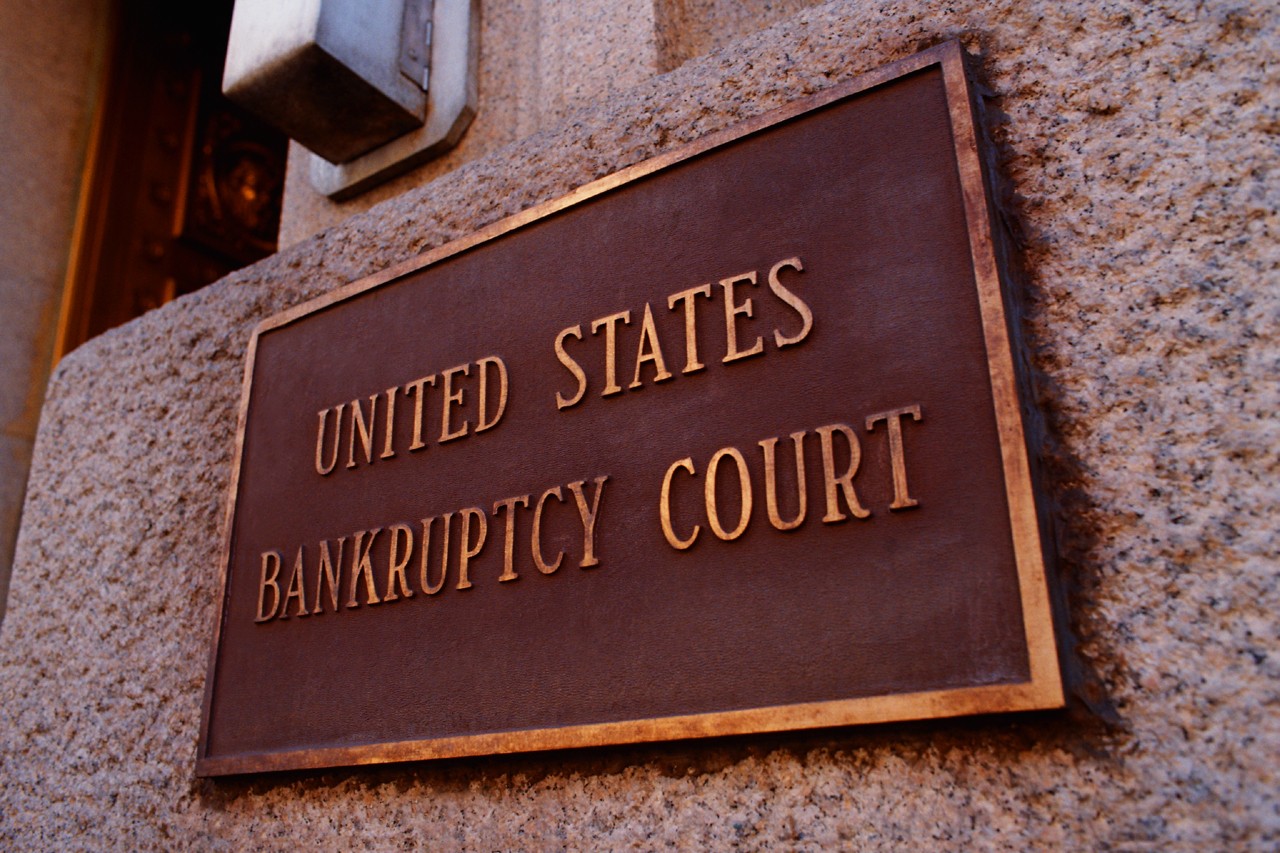Filing For Bankruptcy

The bankruptcy process has been around in the US in some form since the Bankruptcy Act of 1800. Today, the law is governed by the Bankruptcy Code, a statute which contains the full scope of the rules surrounding the process and the liquidation of a bankrupt estate. As a process for both consumers and businesses, bankruptcy is designed to protect the interests of creditors and provide a mechanism for insolvent individuals and organizations to dissolve and meet their obligations.
One of the major concerns about bankruptcy as a process is that it naturally leaves some parties out of pocket. In any bankruptcy case, there will be one or more good-faith creditors who can reclaim pennies on the dollar for their money. While bankruptcy is generally regarded as a positive step for those suffering under the weight of debt and obligation, it should always be remembered that some parties will usually lose out.

The process for filing for bankruptcy varies in each state, but there are two main classifications of bankruptcy proceedings that stand universally. Bankruptcies can be either voluntary or involuntary, and the distinction is an important one. In voluntary bankruptcies, which remain the most common course of action in these cases, the individual personally petitions the court for bankruptcy protection. In the case of involuntary bankruptcy, the petition is led by a creditor who wants to get their money back. While both have distinct processes surrounding how they are invoked, the results are broadly the same.
Depending on the circumstances, chapter 13 bankruptcy (where a repayment plan is established in lieu of any asset transfer) may be more beneficial than chapter 7 bankruptcy (where property is handed over to the creditors). Most individuals facing bankruptcy would prefer to keep their assets intact, and chapter 13 can create a contingency arrangement based on the defendant offering and maintaining regular repayments.
In the event of chapter 7, the bankrupt individual’s assets are totaled and ring-fenced to create an estate. From the estate, creditors’ interests are administered according to the ranking priorities established in law. The IRS, for example, will have an advanced claim beyond any ordinary creditor, in much the same way as secured creditors will take preference over unsecured creditors. The bankrupt’s estate will be administered and managed on their behalf for the benefit of the creditors still hoping to get their money.
While the vast majority of assets are included in the estate, including the home and car of the bankrupt in the case of personal insolvencies, there are some assets that will always be exempt under the law. Personal items of minimal value, for example, are not included in the estate. Bankruptcy is not designed as a punishment, but as a construct for more constructive management of financial obligations. As such, assets of de minimis value are excluded from the estate, including clothes and other personal effects.
Filing for bankruptcy is often the best way to circumvent problems and to manage an estate most effectively to meet creditors’ interests. The voluntary process is one that individuals and businesses themselves can instigate, and it remains one of the most popular ultimate destinations for those that find themselves in financial difficulty.
